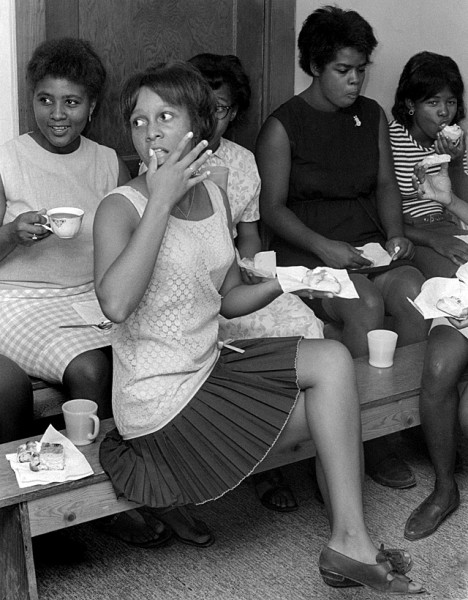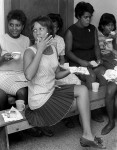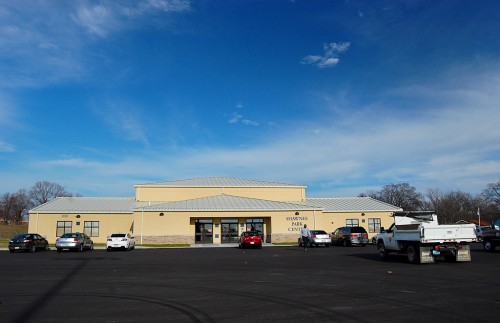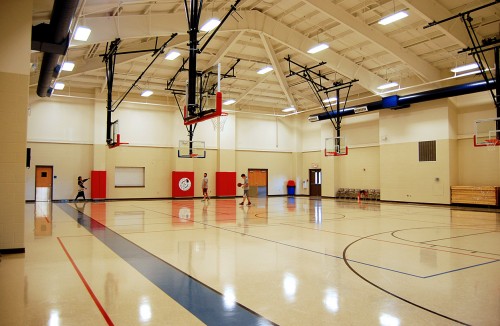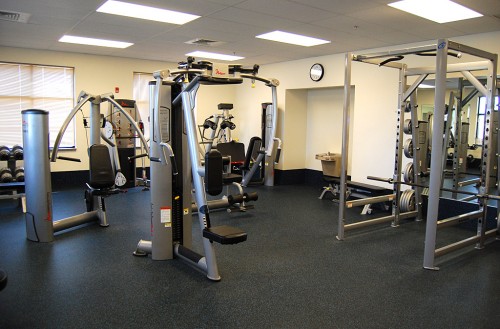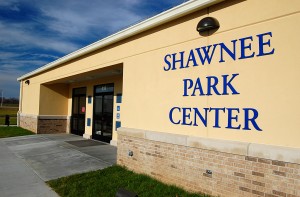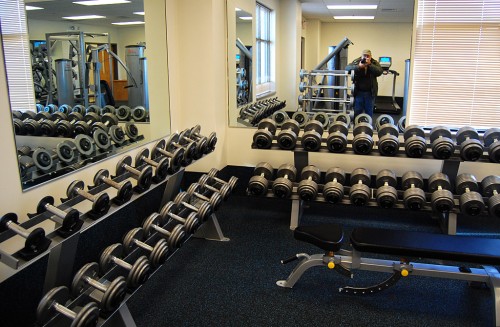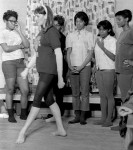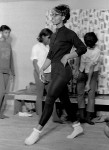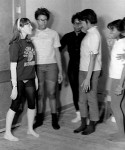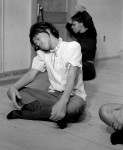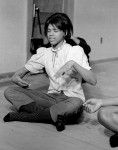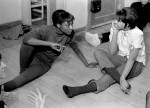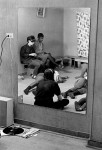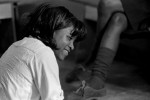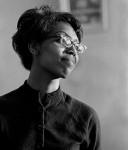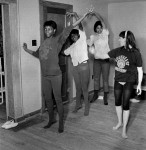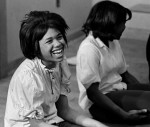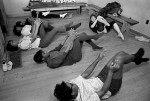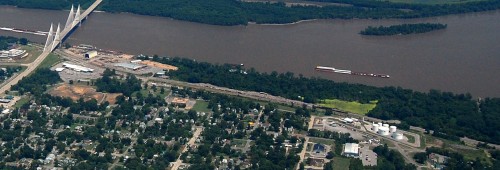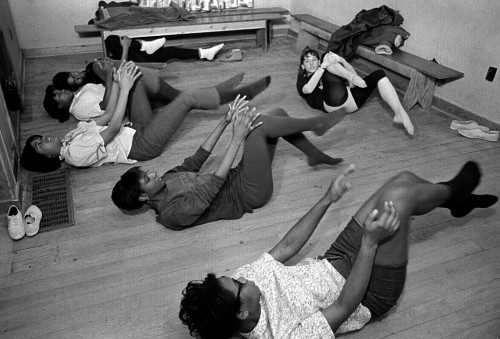 Here’s another story that’s fallen into Google’s black hole. These photos of girls at South Cape’s Civic Center were taken February 22, 1967 for The Missourian’s Youth Page. Unfortunately, there’s a whole range of dates missing from the Google Archives for that period, so I can’t tell you exactly what’s going on and who the girls are.
Here’s another story that’s fallen into Google’s black hole. These photos of girls at South Cape’s Civic Center were taken February 22, 1967 for The Missourian’s Youth Page. Unfortunately, there’s a whole range of dates missing from the Google Archives for that period, so I can’t tell you exactly what’s going on and who the girls are.
As best as I can remember, a young lady from Southeast Missouri State College showed up to lead the girls in something. I can’t tell if it’s modern dance, stretching or, in one photo in the gallery, the proper way to carry a heavy rock.
How the photos were taken
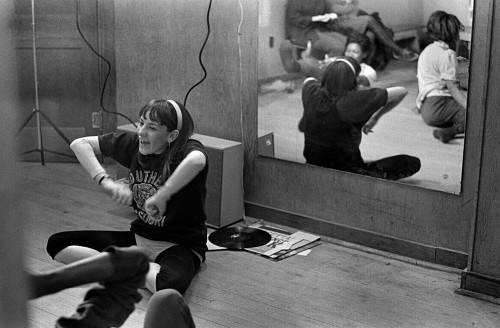
Since I don’t have any other info, let’s talk technique.
I got a little sloppy with this photo. See the legs of my tripod light stand in the back left of the photo. This must have been when I was experimenting with “hot lights” to boost the illumination enough that I wouldn’t have to use flash.
That’s a technique that I used for most of my career. Some guys are able to visualize what the light will look like when their strobes fire. I can’t. I have to SEE the light. That’s why I used photo floods or quartz lights. My theory was that if God had wanted the world lit by flashes, he’d have made lightning the standard, not the sun.
Rube Goldberg lighting
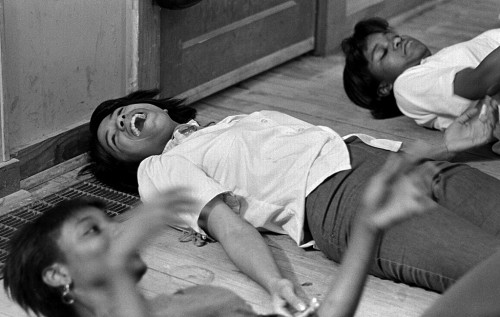 In addition to more formal lighting, I carried some homebrew contraptions.
In addition to more formal lighting, I carried some homebrew contraptions.
The photo staff made up a sets of Rube Goldberg-looking portable lights that used a peanut-sized 1000-watt light bulb that fit into a special ceramic socket with two bare wires protruding from it. We’d twist those wires onto some lamp cord, attach the sockets to a huge metal clamp with pipe clamps and be on our way. The more diligent of us would solder and tape or use heatshrink tubing on the junction. They were great because you could clamp them just about anywhere and they’d throw out a LOT of light. OSHA and the loss control department would probably frown on them for a number of very good reasons.
As much heat as light
 The bad thing is that they’d also produce a lot of heat along with the light.
The bad thing is that they’d also produce a lot of heat along with the light.
One election day, chief photographer Jose More and I went around to all the campaign headquarters and stuck lights up so the shooters wouldn’t have to deal with it on the run. The next day, Jose and I went back to retrieve our gear.
Oops, one of the lights had shifted, leaving a large charred mark on the drywall. Jose and I looked at it, looked at each other, nodded, then slapped a huge campaign poster over the damage and bolted. Thank goodness this was still back in the day of smoke-filled rooms. Nobody noticed that the place was nearly on fire.
Civic Center Photo Gallery
If you recognize anyone, call ’em out. If you remember what was going on, please fill us in on that, too. I shot a sock hop at the Civic Center in the summer of 1967. Click on any photo to make it larger, then click on the left or right side to move through the gallery.

